Home>Gardening & Outdoor>Landscaping Ideas>How To Get Clovers Out Of Grass
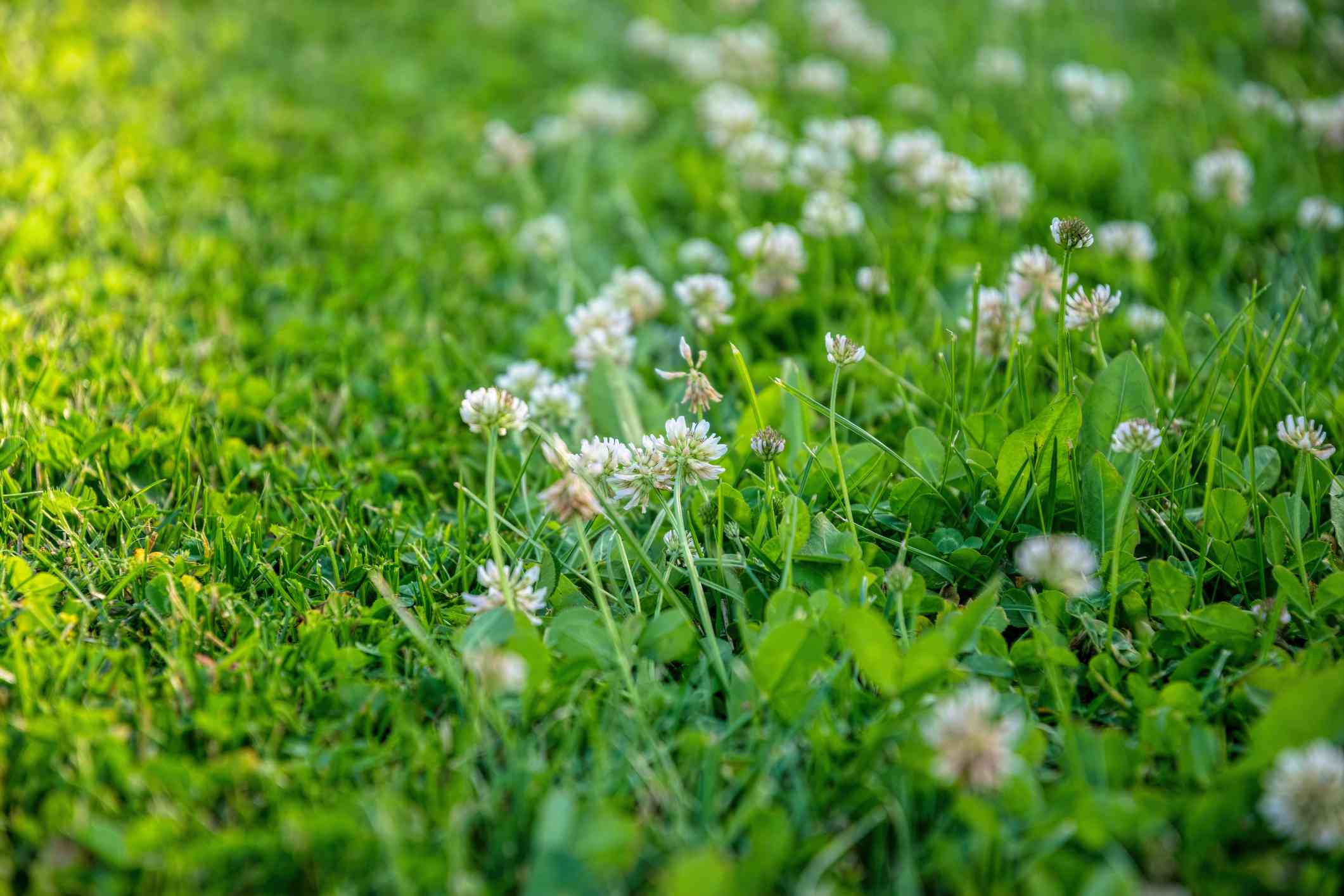

Landscaping Ideas
How To Get Clovers Out Of Grass
Published: January 24, 2024
Learn effective landscaping ideas to remove clovers from your grass and achieve a lush, green lawn. Discover expert tips and techniques for a flawless yard.
(Many of the links in this article redirect to a specific reviewed product. Your purchase of these products through affiliate links helps to generate commission for Storables.com, at no extra cost. Learn more)
Introduction
Welcome to the world of landscaping, where lush green lawns are the envy of the neighborhood. However, maintaining a pristine lawn can be a challenging task, especially when pesky clovers start invading the grass. While some homeowners may appreciate the charming appearance of clover, others prefer a uniform carpet of grass. If you belong to the latter group and are wondering how to get clovers out of your grass, you’ve come to the right place.
In this comprehensive guide, we will explore various methods to effectively remove clovers from your lawn, ranging from manual techniques to chemical solutions. Additionally, we’ll delve into preventive measures to keep those persistent clovers at bay in the future. By the end of this article, you’ll be equipped with the knowledge and strategies needed to reclaim your grass and achieve the pristine lawn of your dreams.
Key Takeaways:
- Say goodbye to clover invasions by combining manual removal methods like hand-pulling and regular mowing with chemical solutions like selective herbicides. Prevent future infestations with proper lawn care and soil testing.
- Transform your lawn into a clover-free oasis by understanding clover tenacity, using targeted removal methods, and implementing preventive measures. Embrace the journey to a lush, uniform expanse of grass.
Read more: How To Switch From Grass To Clover
Understanding the Problem
Before delving into the removal methods, it’s essential to understand the nature of the clover invasion. Clovers, particularly white clover and creeping red clover, are common lawn intruders known for their resilience and ability to thrive in various conditions. These perennial plants spread through seeds and creeping stems, quickly establishing themselves in lawns and disrupting the uniformity of grass.
One of the primary reasons clovers can be a nuisance is their ability to fix nitrogen in the soil, which can be beneficial for the surrounding grass. However, their presence often indicates underlying issues with the lawn, such as poor soil fertility, compacted soil, or improper lawn care practices. Understanding these factors is crucial in addressing the root cause of the clover invasion and preventing its recurrence.
Moreover, clovers can be particularly stubborn due to their resilience against typical lawn maintenance practices. Their low-growing habit and extensive root systems make manual removal a challenging task, while their tolerance to drought and acidic soils allows them to thrive in diverse environments. As a result, effectively combating clovers requires a multi-faceted approach that targets both the visible plants and the underlying conditions that enable their growth.
By grasping the tenacity of clovers and the underlying issues contributing to their presence, homeowners can approach their removal with insight and strategic planning. With this understanding in mind, let’s explore the methods to tackle clovers and restore the pristine appearance of your lawn.
Manual Removal Methods
When it comes to tackling clovers in your lawn, manual removal methods offer a hands-on approach to directly address the invasive plants. While manual removal may be labor-intensive, it can be an effective way to control clover populations, especially in smaller lawn areas or localized infestations.
Here are some manual removal techniques to consider:
- Hand Pulling: One of the simplest methods involves hand-pulling individual clover plants. This can be done by grasping the base of the clover near the soil and gently pulling to uproot the entire plant. It’s important to ensure that the entire root system is removed to prevent regrowth.
- Regular Mowing: Keeping your lawn well-mowed can help weaken clover plants, as they rely on leafy growth to photosynthesize and thrive. By maintaining a consistent mowing schedule, you can limit the growth and spread of clovers, gradually reducing their presence over time.
- Thatch Removal: Thatch, a layer of dead grass and organic matter that accumulates on the soil surface, can provide an ideal environment for clover growth. Removing thatch through dethatching or aerating the lawn can disrupt the clover’s habitat, making it less favorable for their proliferation.
- Overseeding: Introducing new grass seed to your lawn through overseeding can help fill in bare spots and compete with clover for space and resources. Opt for grass varieties that are well-suited to your region and soil conditions for optimal results.
While manual removal methods can be effective in reducing clover populations, they may not entirely eradicate the problem, especially in larger or heavily infested lawns. In such cases, a combination of manual and chemical removal methods may be necessary for comprehensive control.
By incorporating these manual techniques into your lawn maintenance routine, you can actively manage clover infestations and work towards achieving a lush, clover-free lawn.
To get clovers out of grass, use a hand weeder to dig out the clover plants, making sure to remove the entire root system. You can also spot treat with a selective herbicide designed to target clover while leaving the grass unharmed.
Chemical Removal Methods
For homeowners dealing with persistent clover infestations or seeking a more targeted approach to control these invasive plants, chemical removal methods can offer effective solutions. When used judiciously and in accordance with product instructions, herbicides can help manage clover populations and restore the balance of your lawn.
Here are some common chemical removal methods for tackling clovers:
- Selective Herbicides: Selective herbicides formulated specifically for broadleaf weed control, including clovers, can be applied to the lawn to target and eliminate clover plants while sparing the surrounding grass. These herbicides contain active ingredients designed to disrupt the growth and development of broadleaf weeds, effectively reducing their presence over time.
- Post-Emergent Herbicides: Post-emergent herbicides are designed to be applied directly to existing weeds, including clovers, during their active growth phase. These products work by penetrating the plant’s foliage and targeting the root system, ultimately leading to the demise of the weed. It’s important to apply post-emergent herbicides when the clovers are actively growing for optimal effectiveness.
- Pre-Emergent Herbicides: Pre-emergent herbicides create a barrier in the soil to prevent weed seeds, including clover seeds, from germinating and establishing themselves in the lawn. By inhibiting the early stages of weed growth, pre-emergent herbicides can be a proactive measure to prevent clover infestations before they become a widespread issue.
- Spot Treatment: In cases where clovers are localized in specific areas of the lawn, spot treatment with a targeted herbicide can be an efficient and economical approach. By focusing on the affected areas, you can effectively address clover infestations without treating the entire lawn.
Before using any herbicidal products, it’s crucial to carefully read and follow the instructions provided by the manufacturer. Additionally, consider the environmental impact and potential effects on beneficial plants and organisms when selecting and applying herbicides. When used responsibly, chemical removal methods can be valuable tools in managing clovers and restoring the health and appearance of your lawn.
Preventing Clovers in the Future
While addressing existing clover infestations is essential, implementing preventive measures is equally crucial to maintain a clover-free lawn in the long run. By addressing the underlying factors that contribute to clover growth and establishing proactive strategies, homeowners can create an environment that discourages clover infestations and promotes the health of the grass.
Here are some effective strategies for preventing clovers in the future:
- Soil Testing and Amendment: Conduct a soil test to assess the pH levels and fertility of your lawn. Clovers thrive in low-fertility, acidic soils, so amending the soil with lime to raise the pH and adding organic matter or fertilizers can create a more favorable environment for grass while making it less hospitable for clovers.
- Proper Lawn Maintenance: Implement proper lawn care practices, including regular mowing, watering, and fertilization, to promote the vigor and density of the grass. A healthy, well-maintained lawn can outcompete clovers and other weeds, reducing their ability to establish and spread.
- Overseeding and Reseeding: Periodically overseed your lawn with high-quality grass seed to fill in thin or bare areas. This not only enhances the density of the grass but also minimizes available space for clovers to take hold.
- Improving Soil Drainage: Address soil compaction and drainage issues to create a more hospitable environment for grass. Aerating the soil can improve water penetration and air circulation, promoting healthy grass growth while deterring clovers.
- Vigilant Inspection: Routinely inspect your lawn for early signs of clover growth and address any emerging infestations promptly. Early intervention can prevent clovers from establishing a foothold and spreading throughout the lawn.
By integrating these preventive measures into your lawn care routine, you can create an environment that fosters the growth of a lush, clover-free lawn. Consistency and attention to detail are key in maintaining a healthy and resilient lawn that is less susceptible to clover invasions.
Read more: How To Get Stones Out Of Grass
Conclusion
As a homeowner dedicated to maintaining a vibrant and clover-free lawn, the battle against clover invasions requires a multi-faceted approach that encompasses understanding, prevention, and targeted removal methods. By gaining insight into the tenacity of clovers and the underlying factors contributing to their presence, you are empowered to take proactive steps in reclaiming and preserving the beauty of your lawn.
Manual removal methods, such as hand pulling, regular mowing, thatch removal, and overseeding, offer hands-on strategies to directly address clover infestations, especially in smaller lawn areas. These methods, when incorporated into a comprehensive lawn care routine, can help manage clover populations and promote the dominance of healthy grass.
For persistent or widespread clover infestations, chemical removal methods, including selective herbicides, post-emergent and pre-emergent herbicides, and spot treatments, provide targeted solutions to control clovers and restore the balance of your lawn. When used responsibly and in accordance with product instructions, herbicides can be valuable tools in managing clovers while safeguarding the health of the surrounding grass and environment.
Furthermore, by implementing preventive measures such as soil testing and amendment, proper lawn maintenance, overseeding, improving soil drainage, and vigilant inspection, you can create an environment that discourages clover infestations and fosters the growth of a resilient, clover-free lawn.
Ultimately, the journey to a clover-free lawn is a dynamic and ongoing endeavor that requires diligence, knowledge, and a proactive mindset. By combining the insights and strategies outlined in this guide, you are well-equipped to navigate the challenges of clover invasions and cultivate a lawn that is a testament to your dedication and care.
With a blend of manual, chemical, and preventive approaches, you can transform your lawn into a lush, uniform expanse of grass, free from the encroachment of clovers. Embrace the journey, celebrate your progress, and revel in the beauty of your meticulously tended, clover-free oasis.
Frequently Asked Questions about How To Get Clovers Out Of Grass
Was this page helpful?
At Storables.com, we guarantee accurate and reliable information. Our content, validated by Expert Board Contributors, is crafted following stringent Editorial Policies. We're committed to providing you with well-researched, expert-backed insights for all your informational needs.
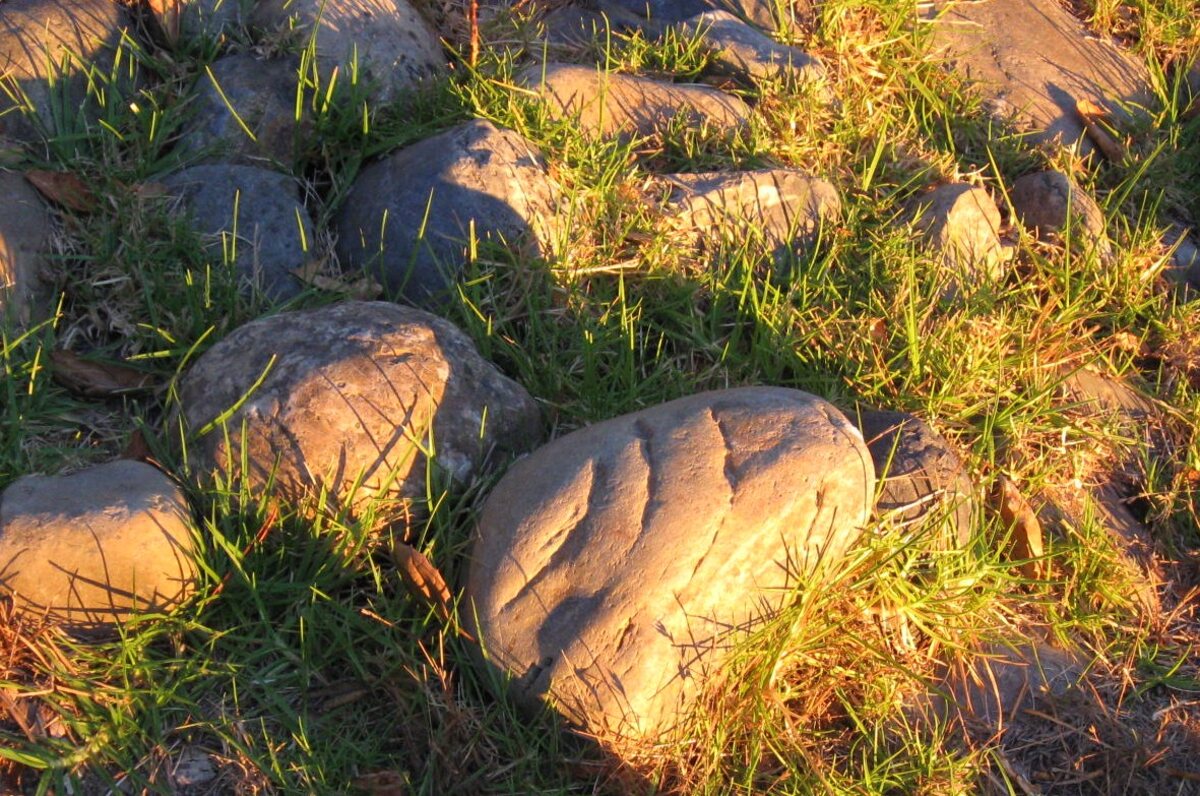

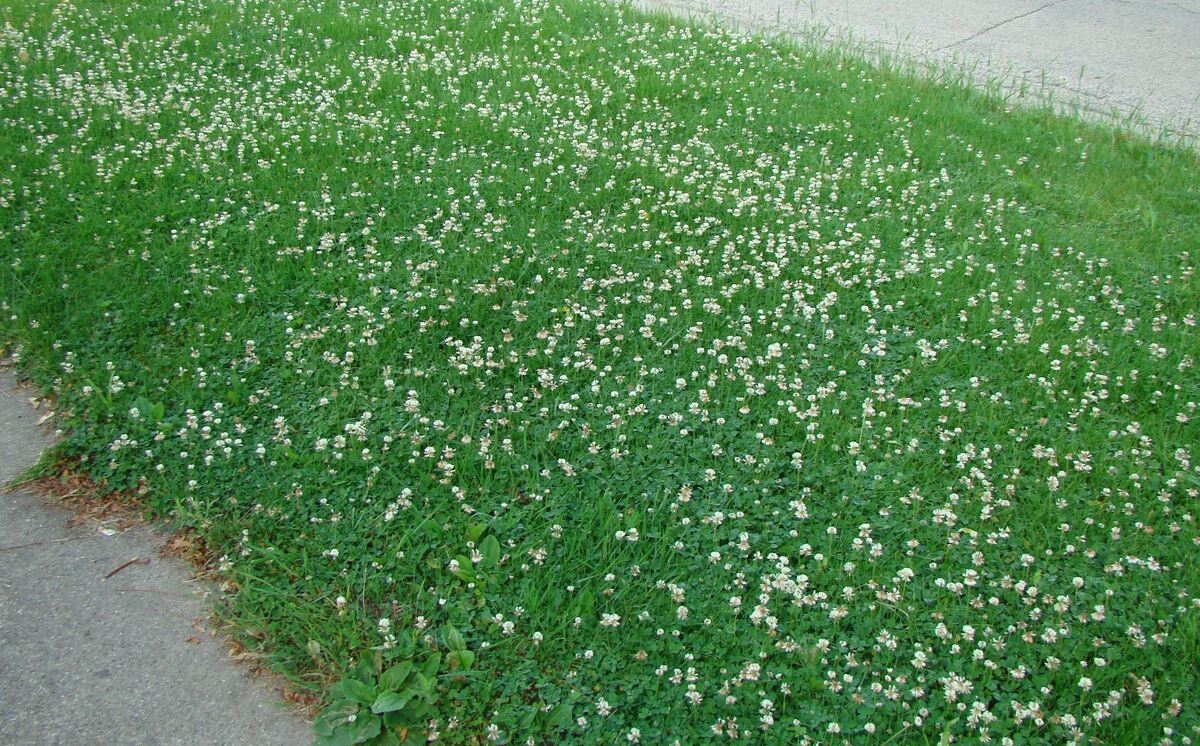
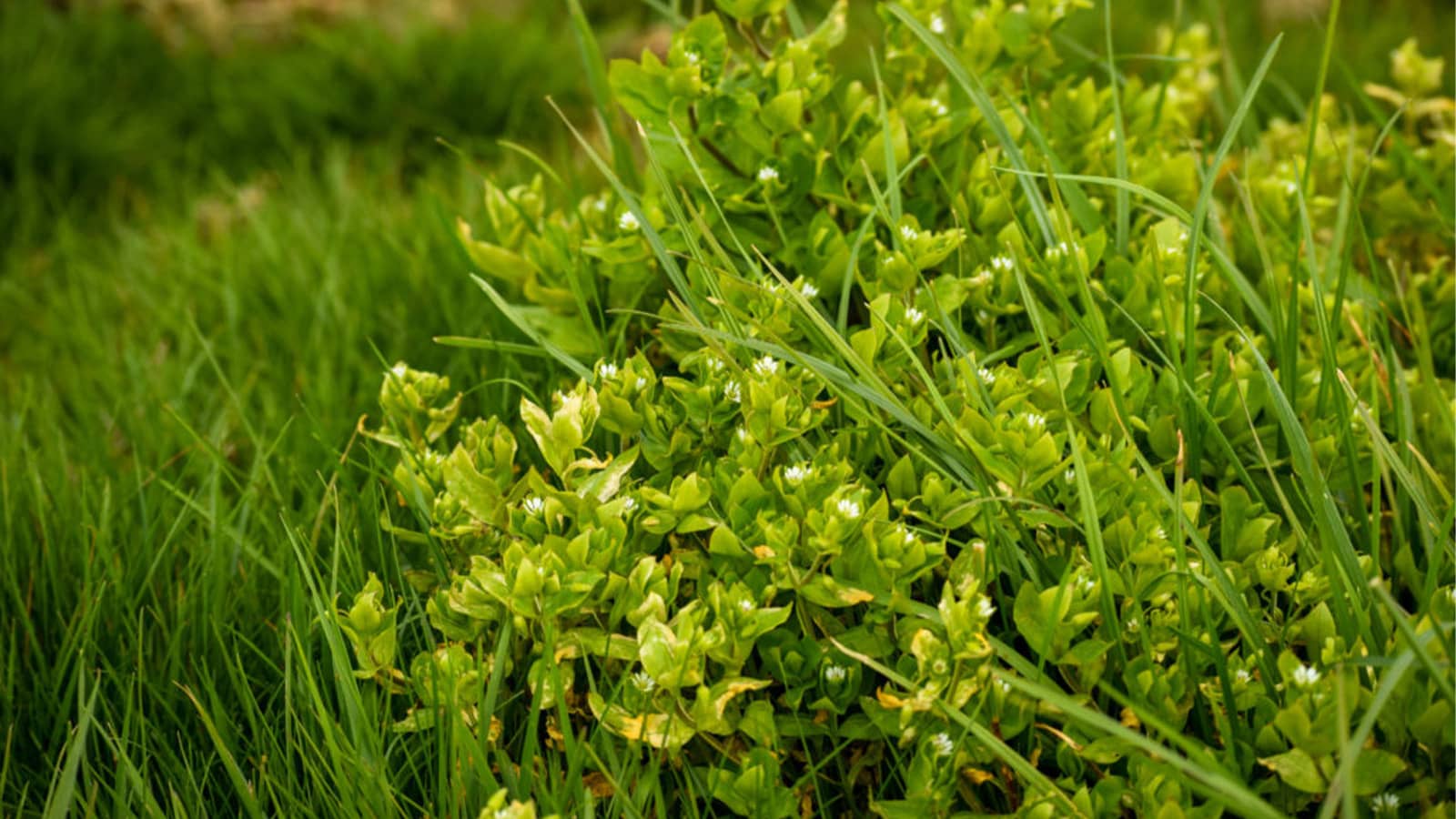
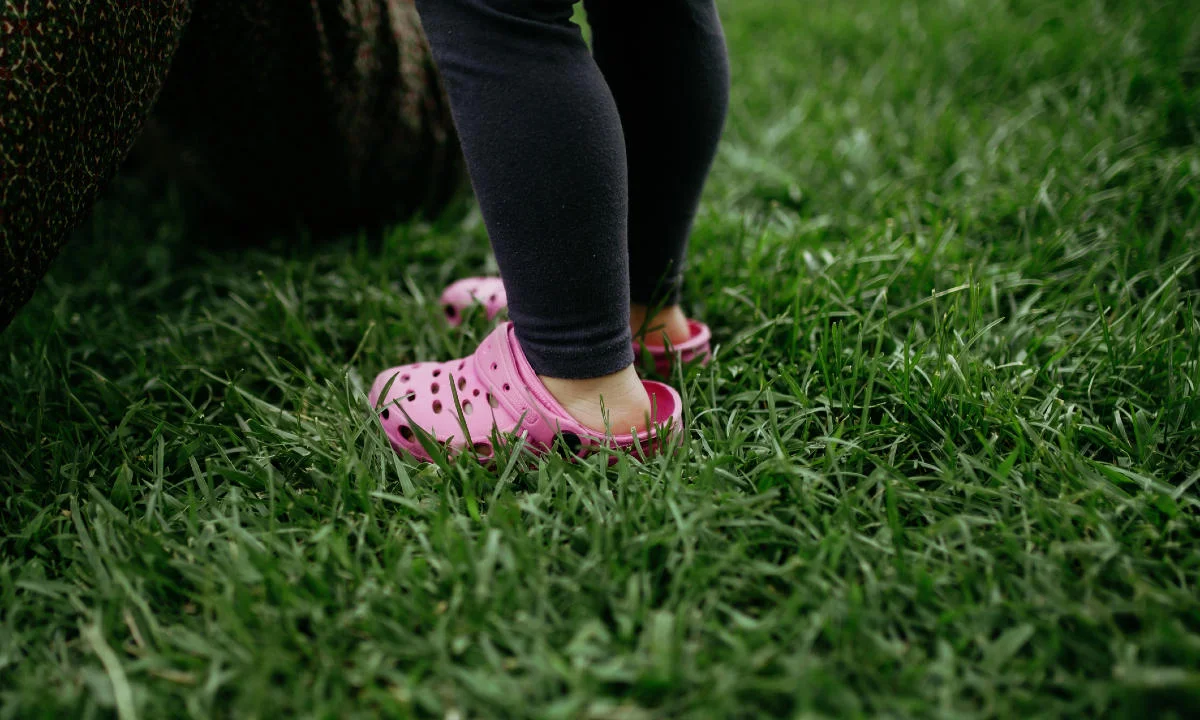

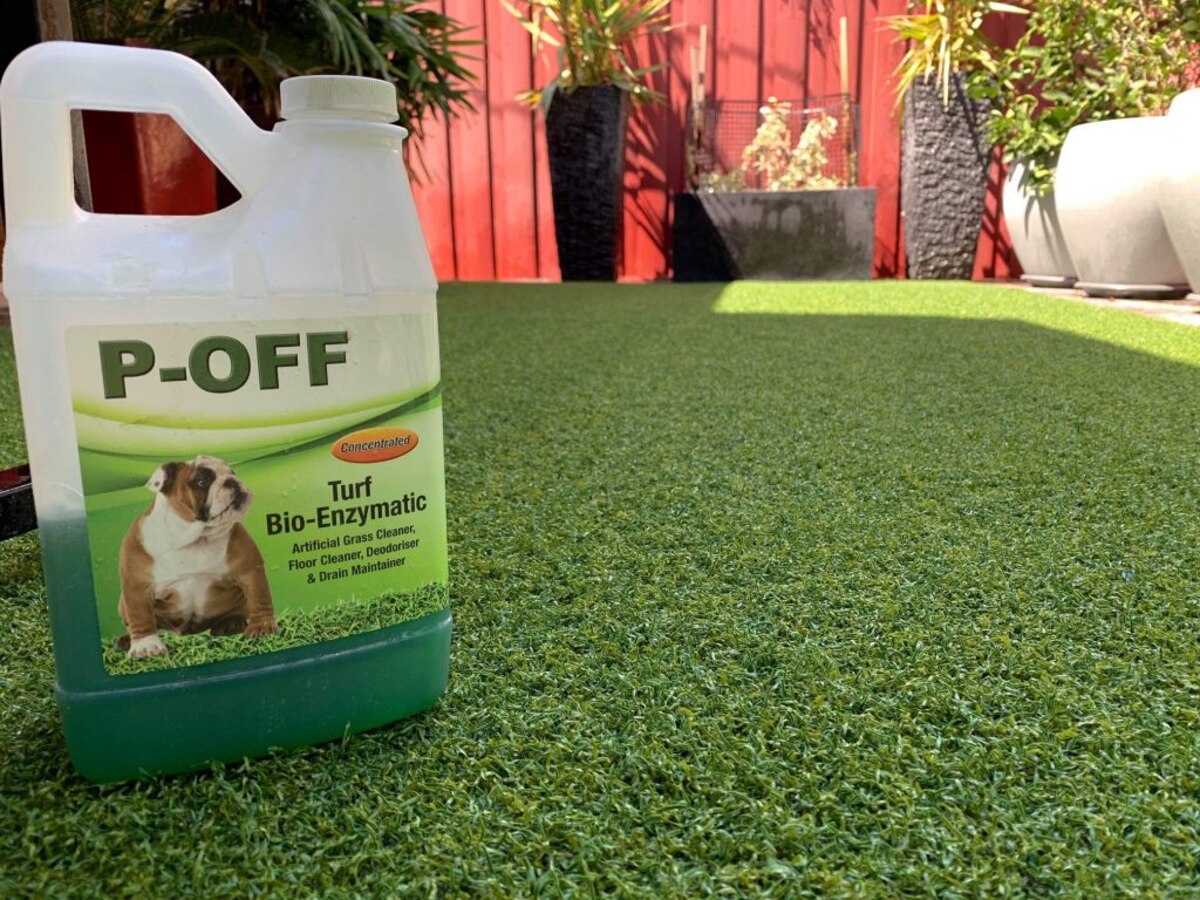
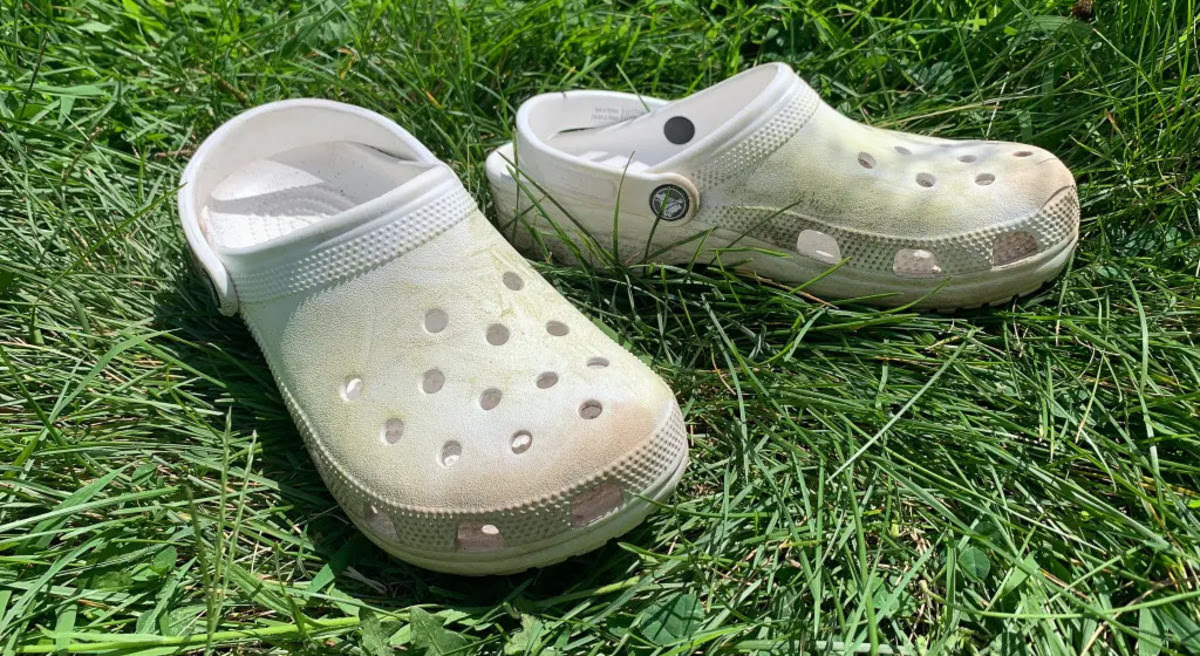
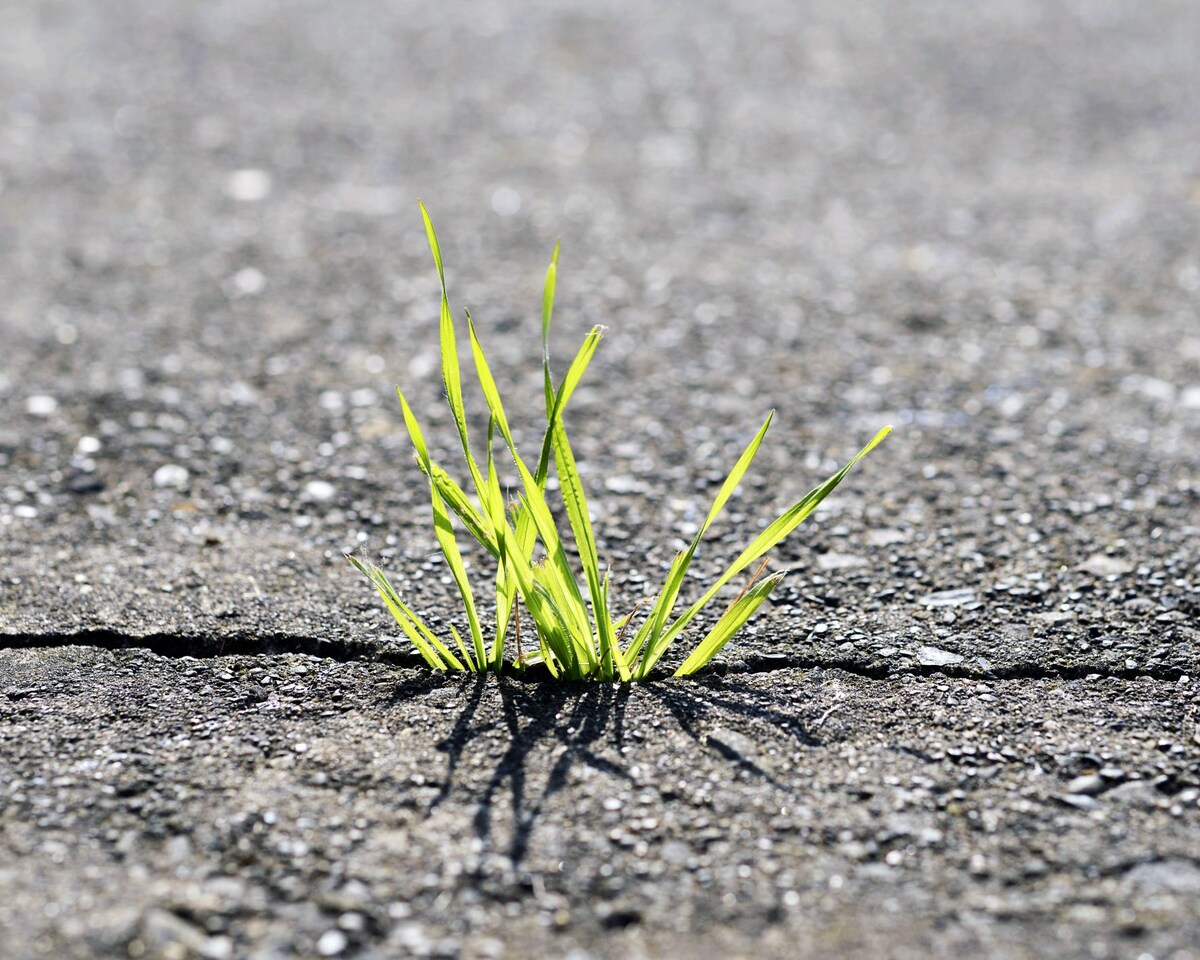

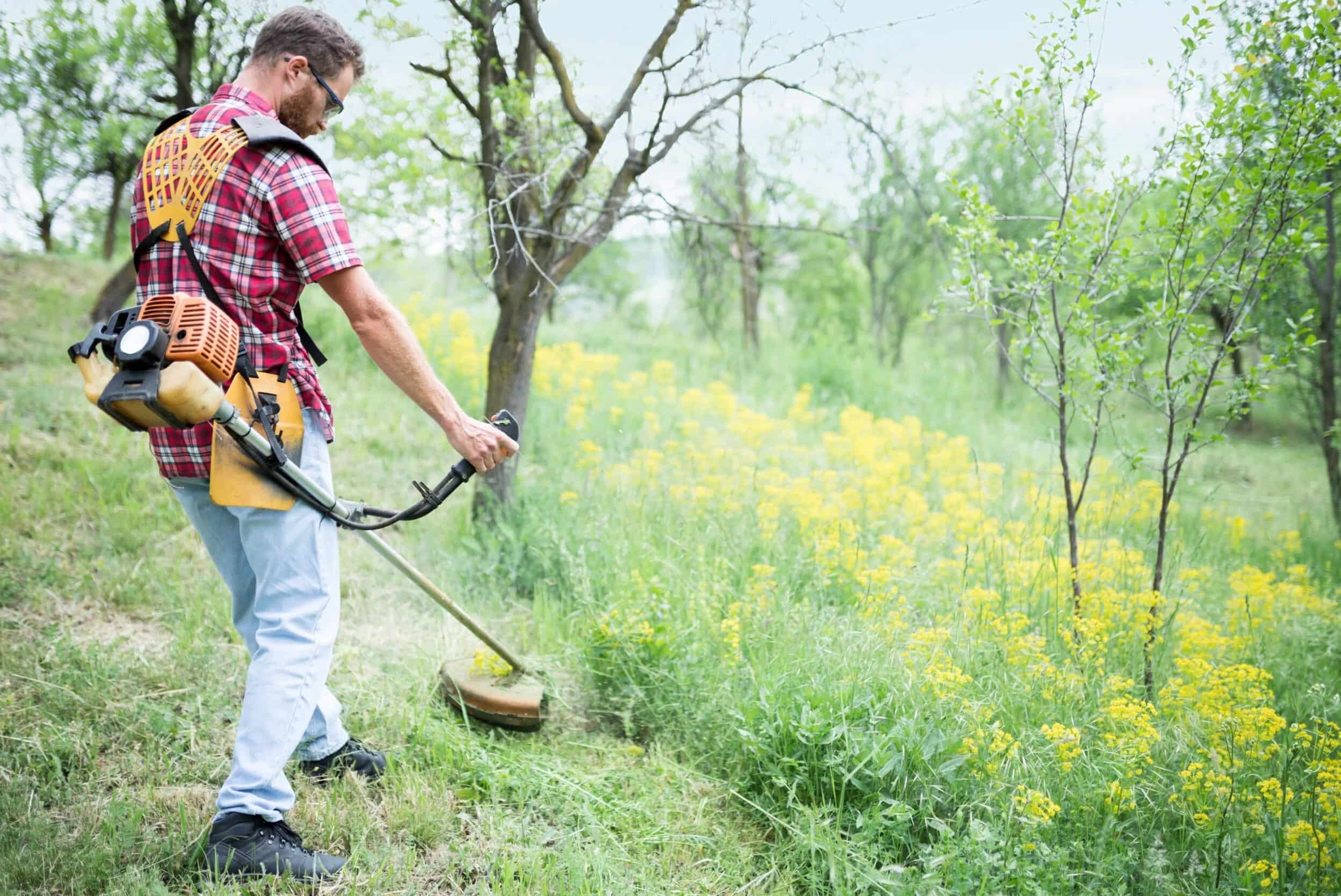
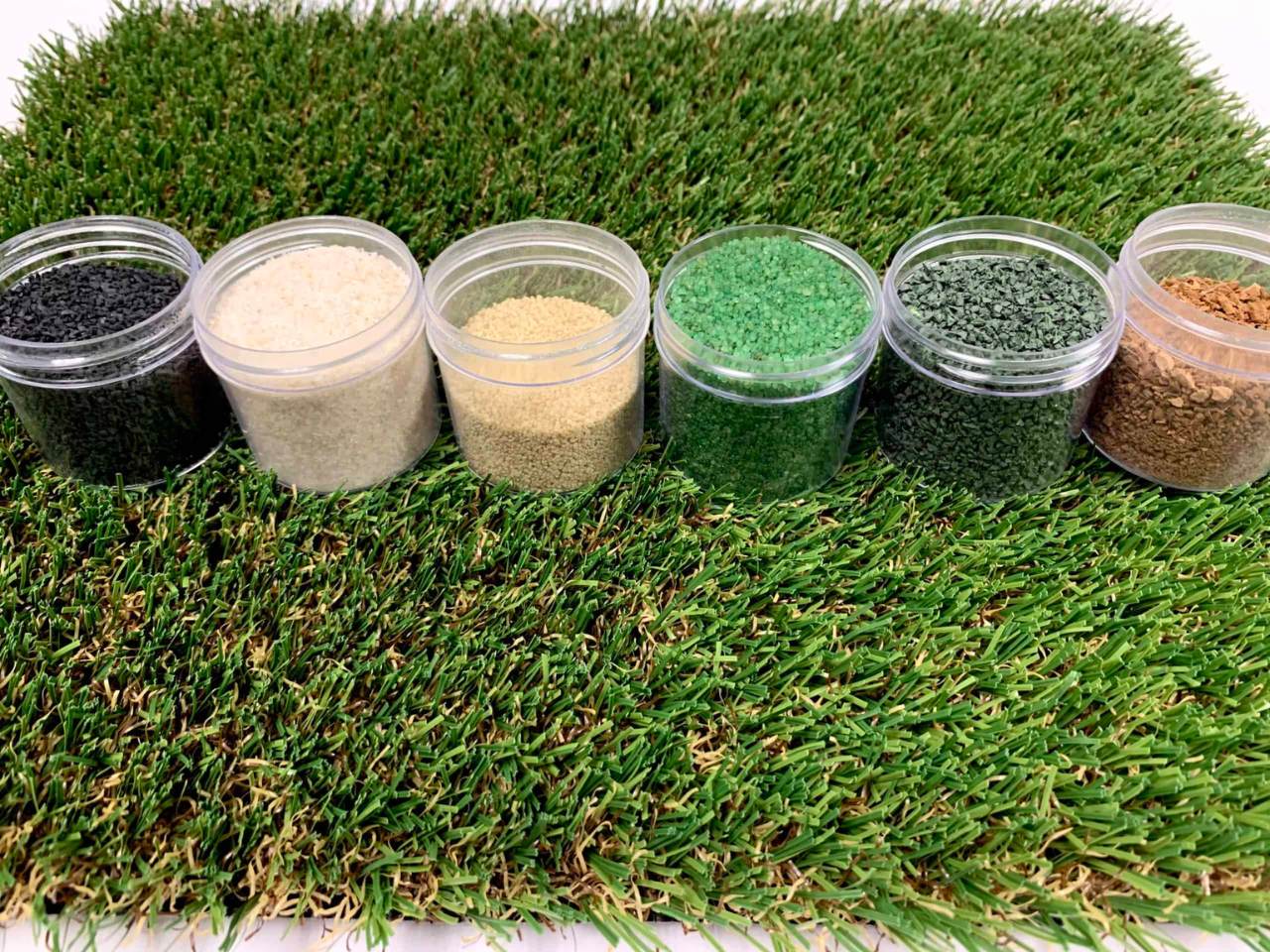
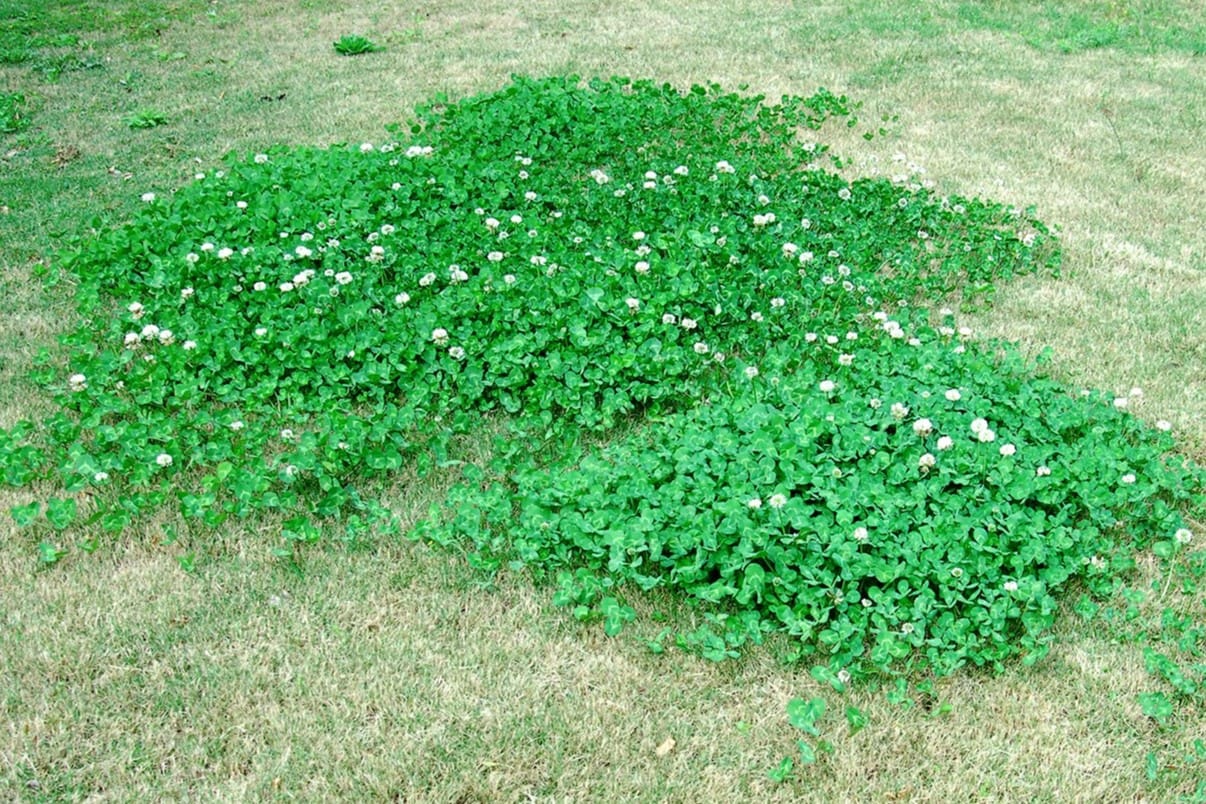
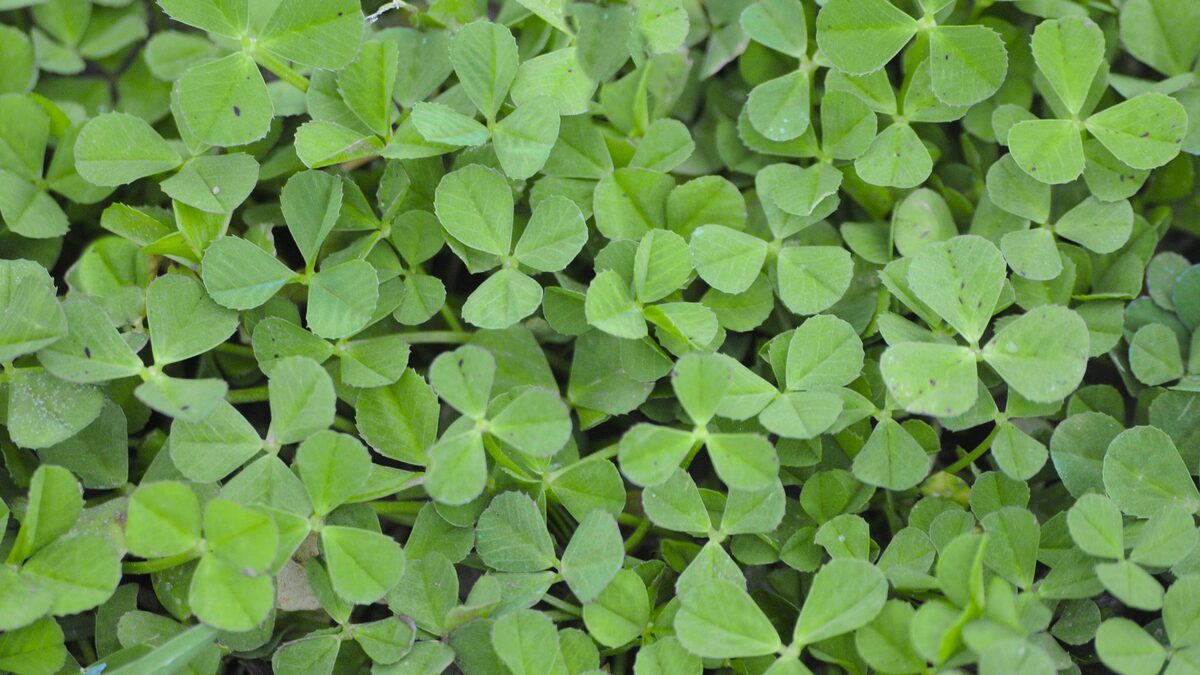

0 thoughts on “How To Get Clovers Out Of Grass”